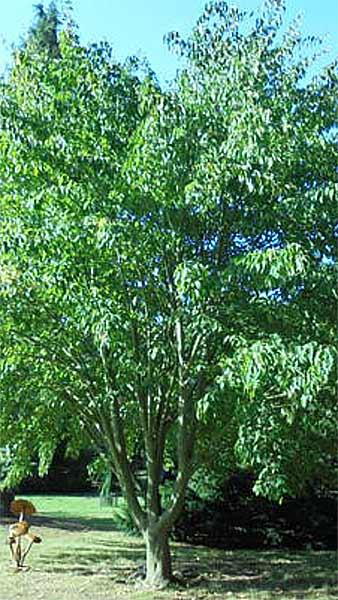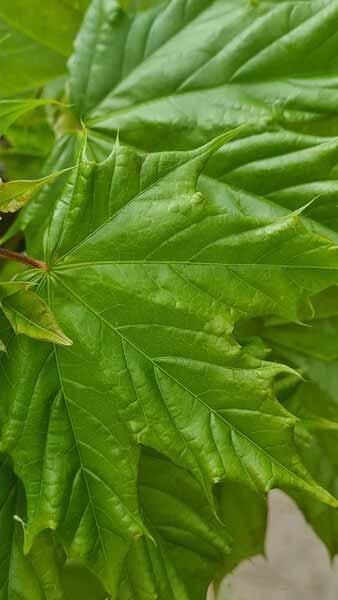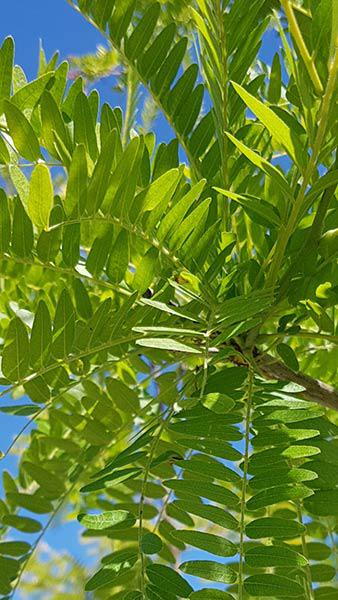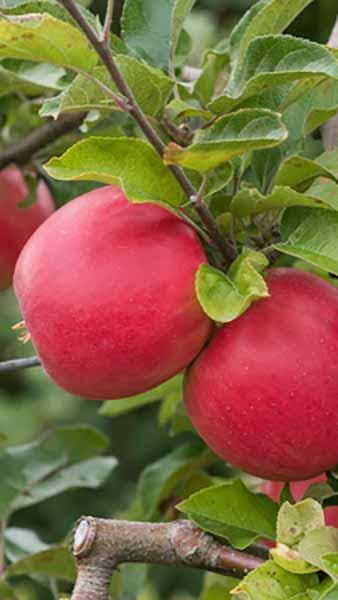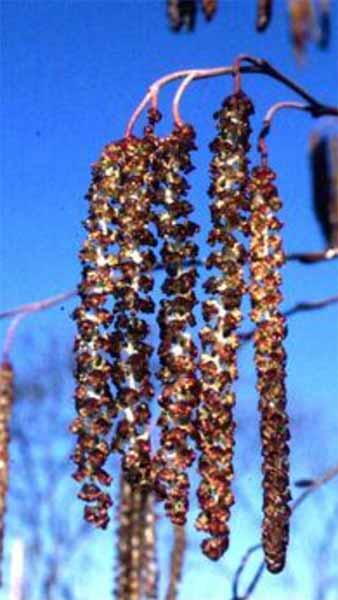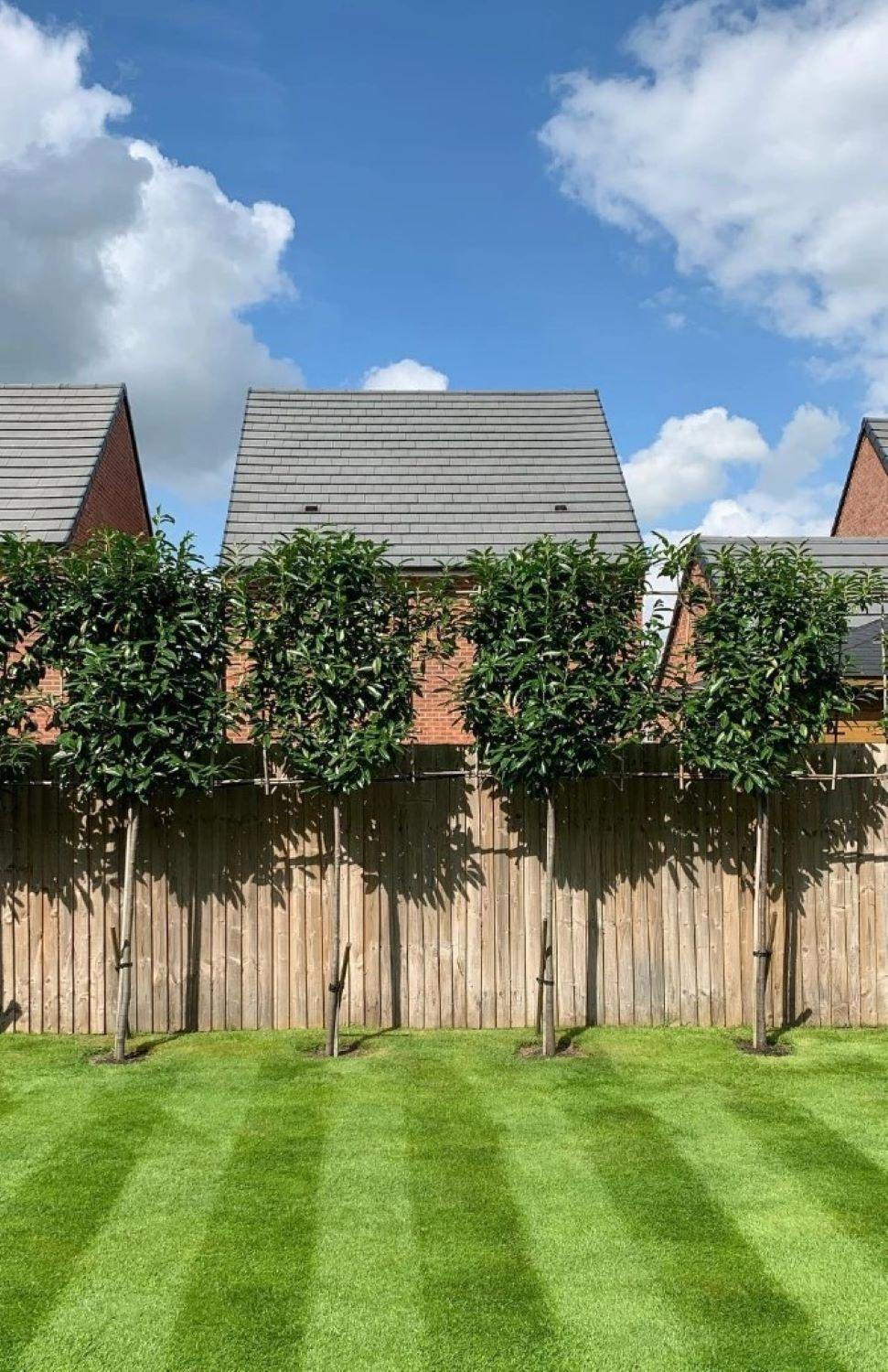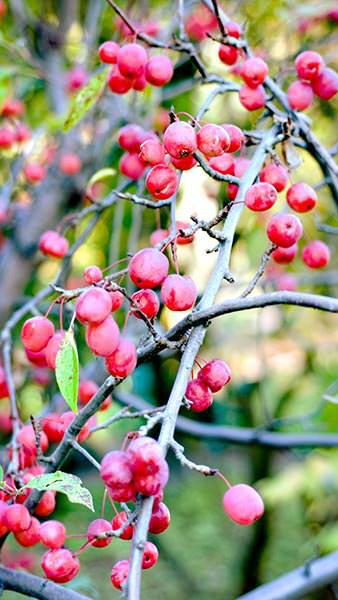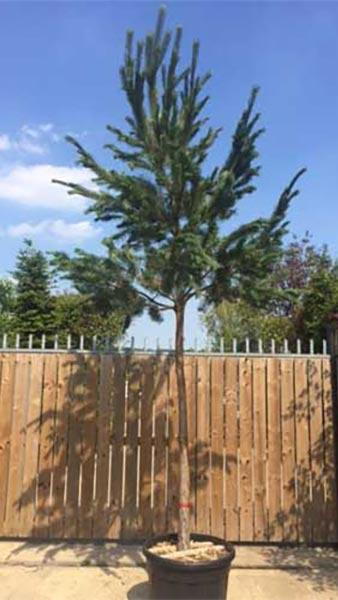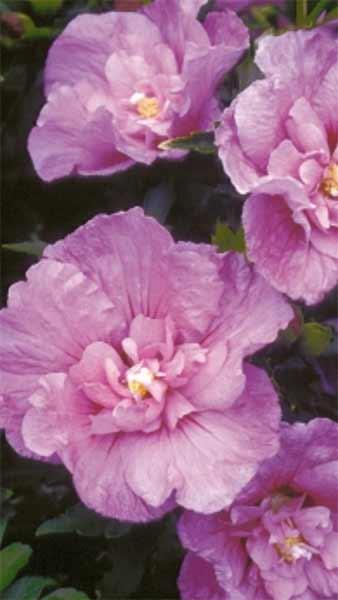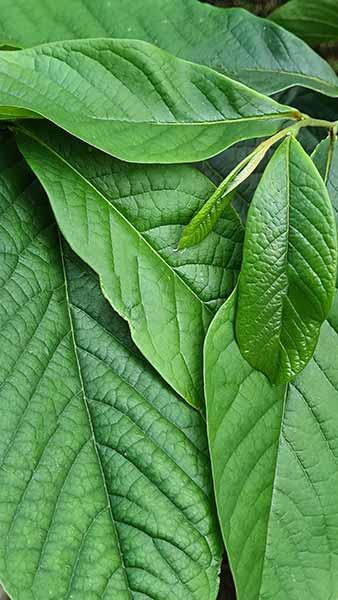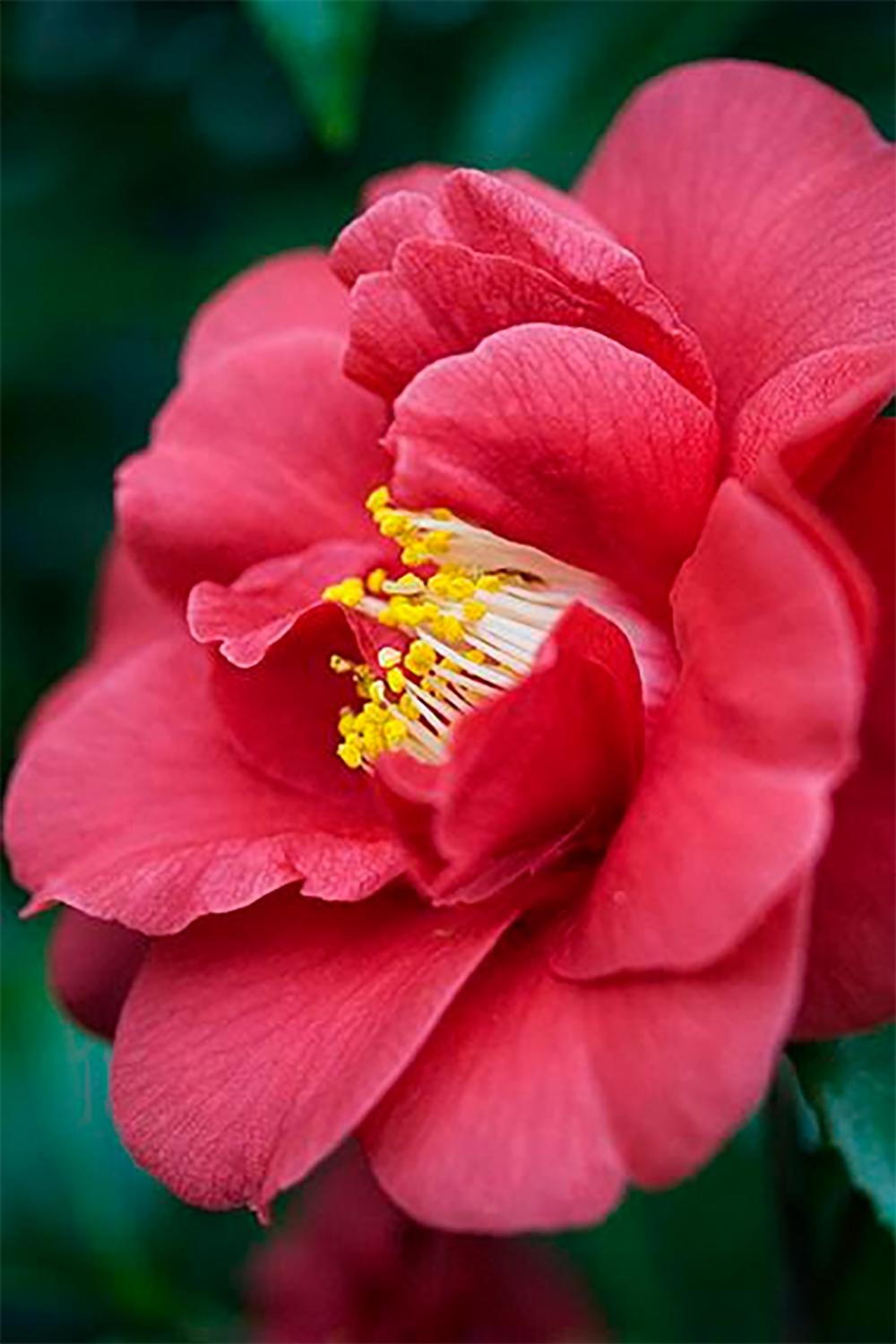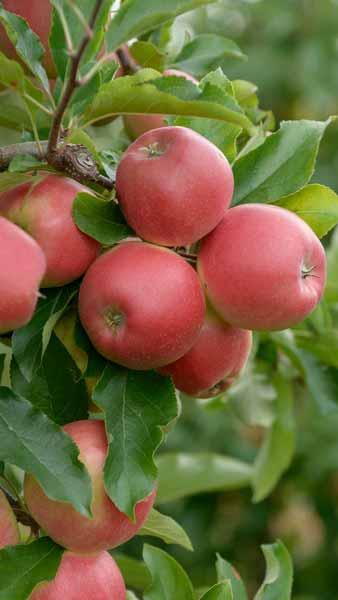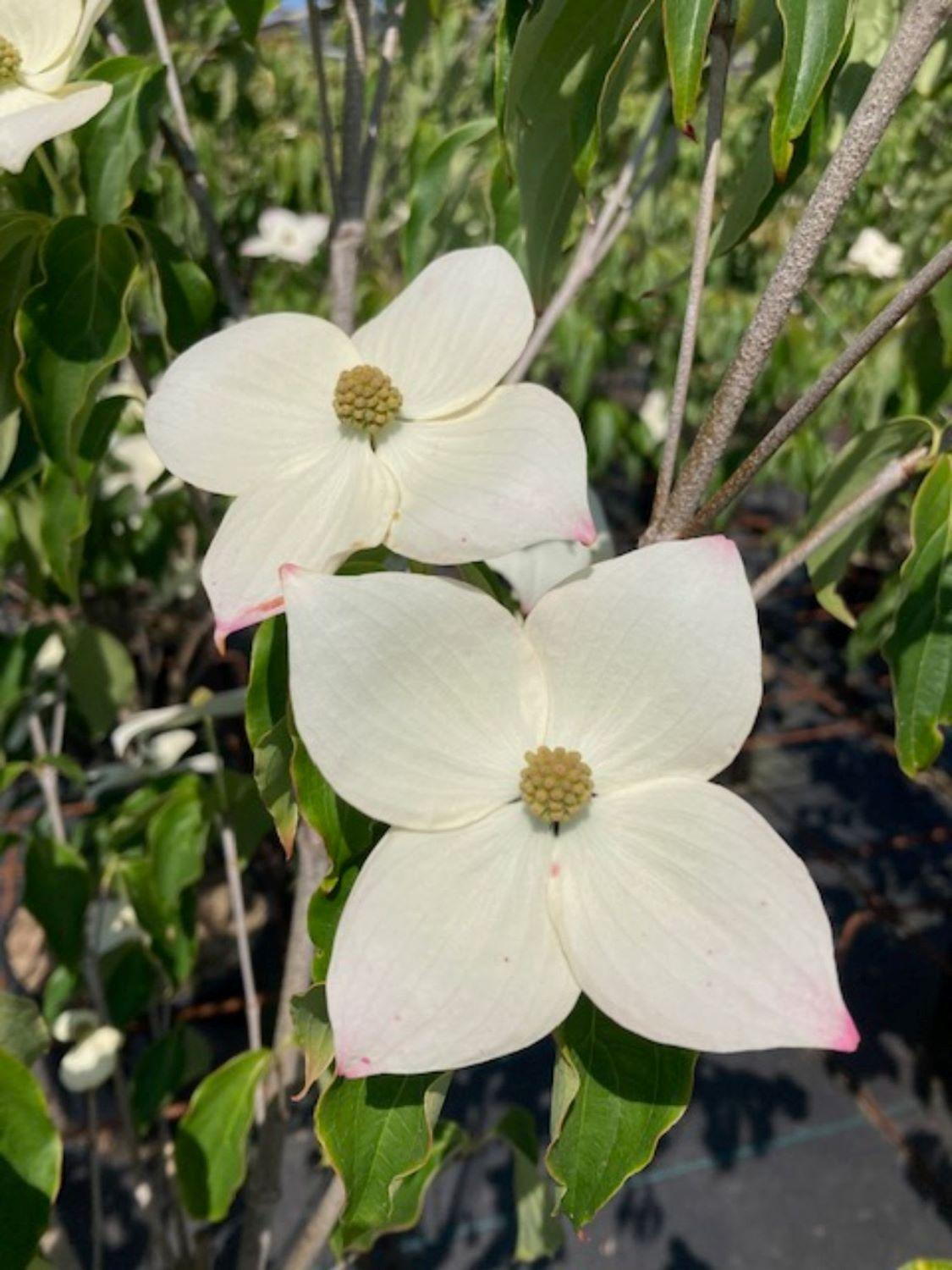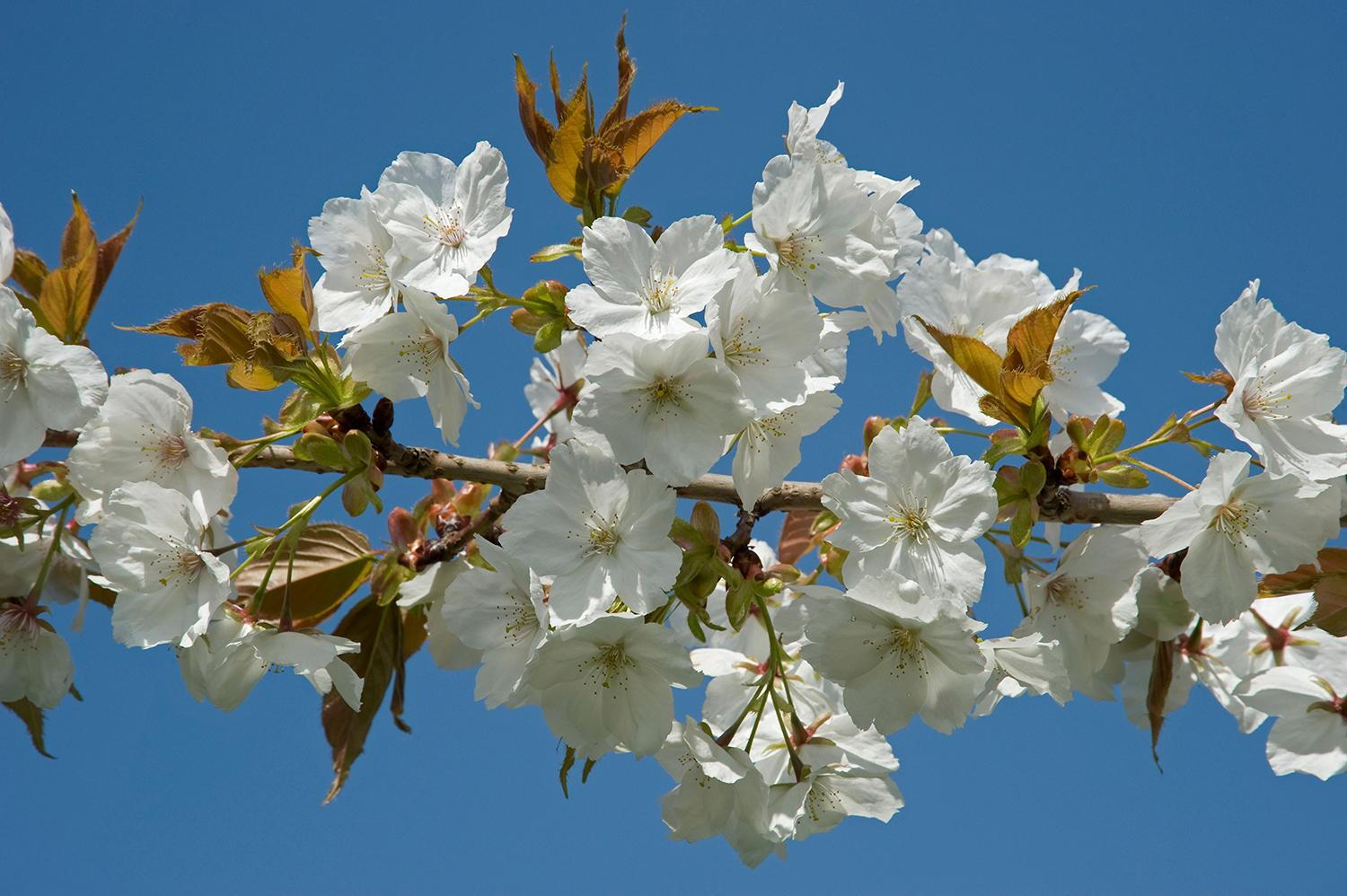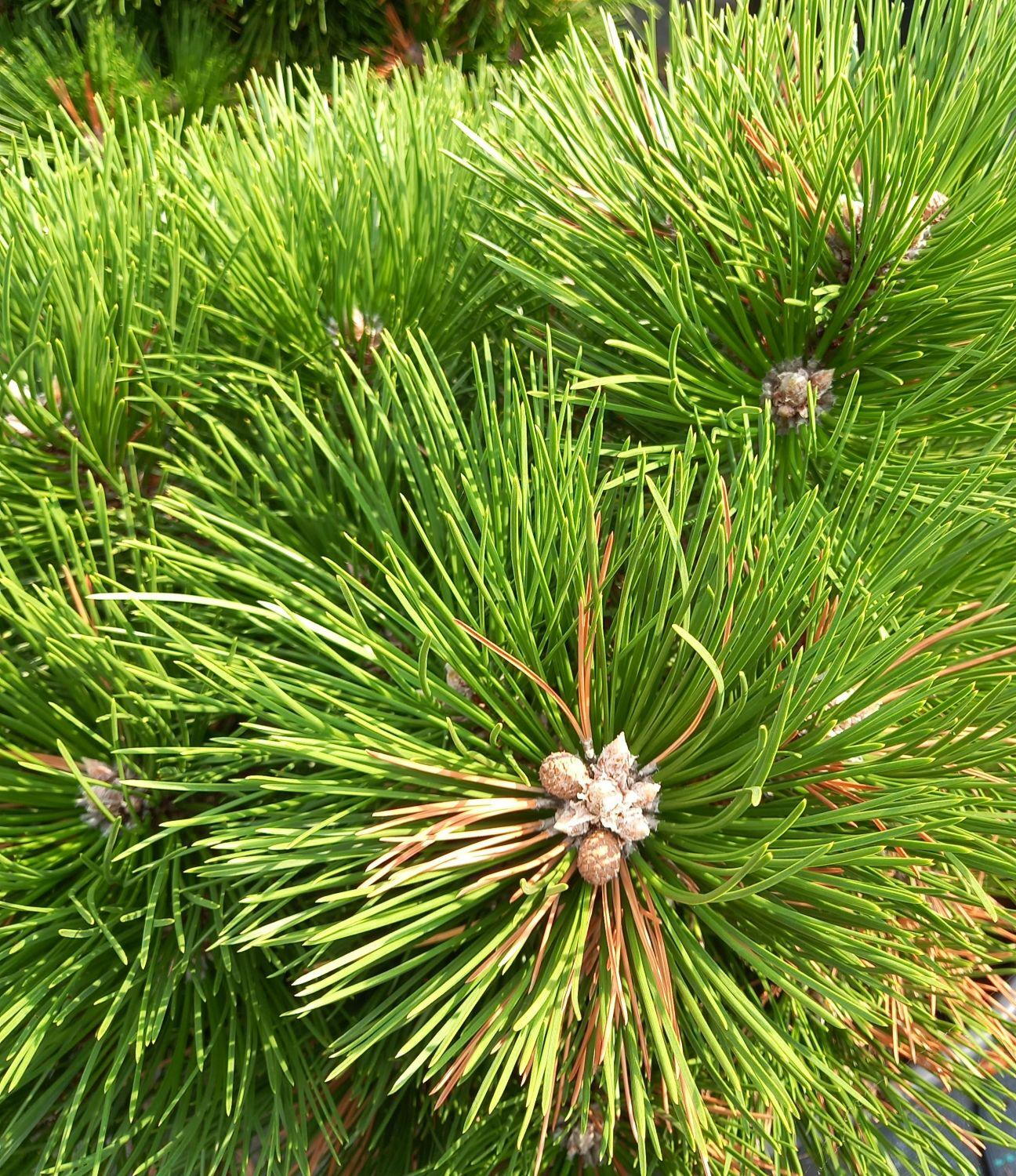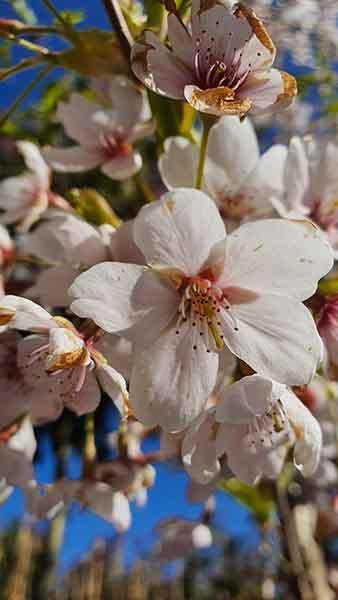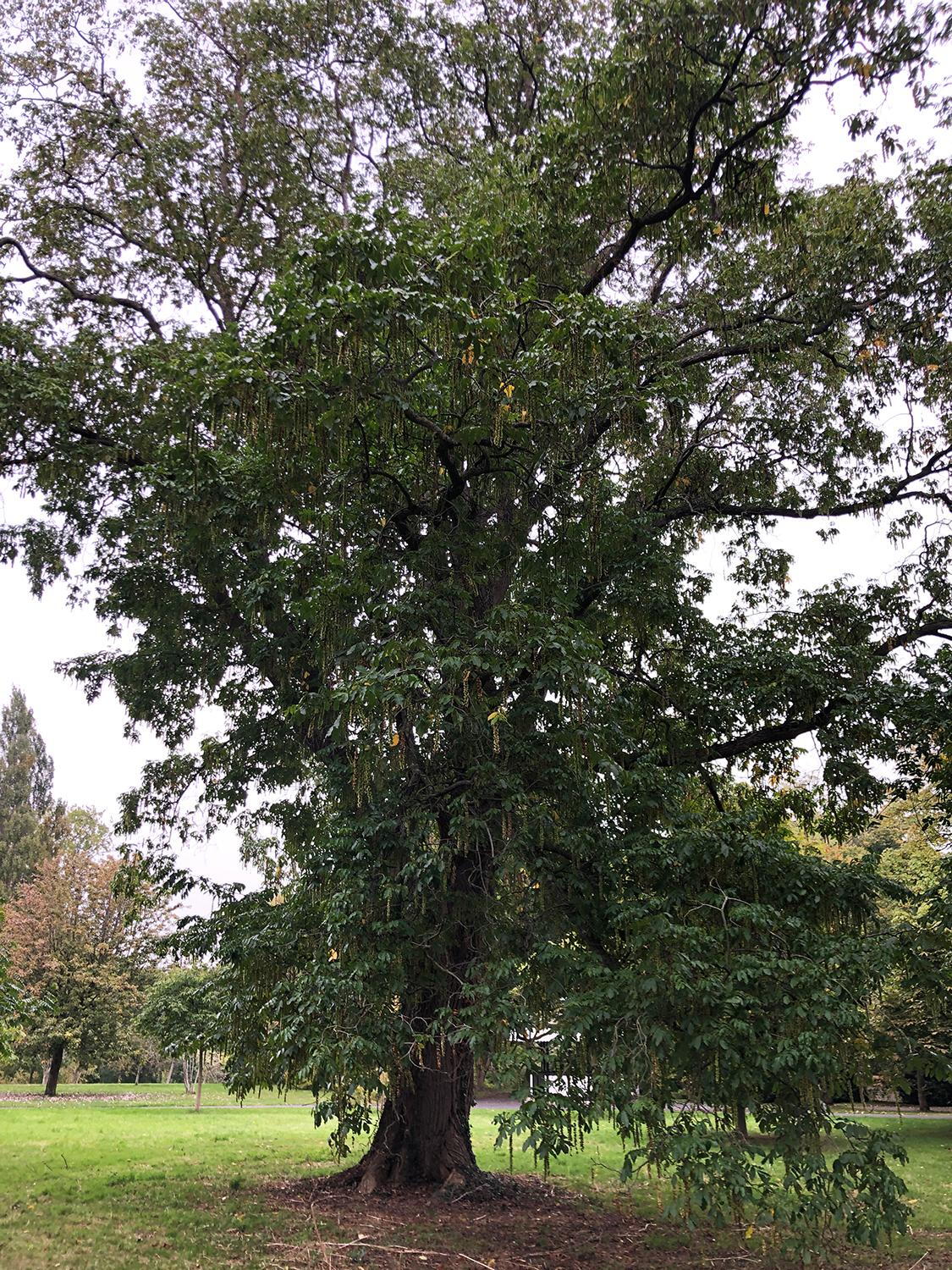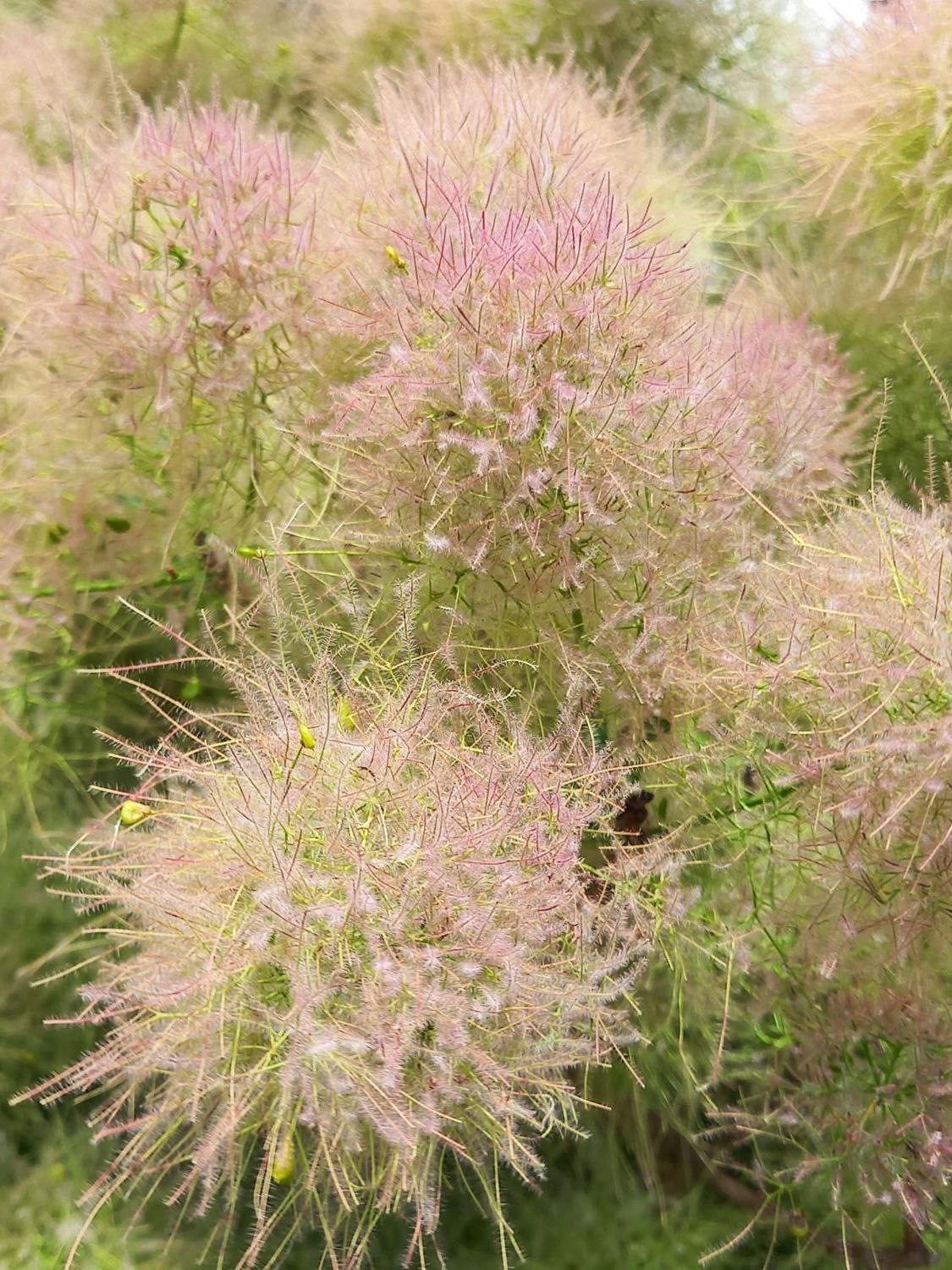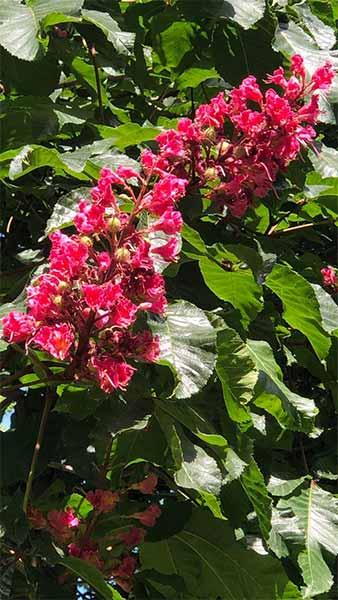Aesculus Carnea Briotti Red Horse Chestnut Briotti Trees
Aesculus Carnea Briotti or Red Horse Chestnut BriottiAesculus Carnea Briotti, a variety of Red Horse Chestnut, is a large, round-headed, deciduous flowering tree. Treasured for its dark red blossoms, this cultivar is recommended for large gardens only, where it can serve as a specimen tree.The leaves of Red Horse Chestnut Briotti consists of 5 to 7 leaflets each, glossy and dark green. Creating a dense, lush canopy, the foliage of this tree retains its green colour until it drops with first frosts. The most noteworthy quality of the cultivar, however, are its showy blossom. Produced in profusion, the crimson blossoms are borne in large, upright panicles. The flowers are followed by husky, slightly spiny capsules that contain nuts.Easily grown, Red Horse Chestnut Briotti is particular only when it comes to the space it needs to fully develop. This impressive tree will thrive in any moist, fertile, well-drained soil, both in full sun and partial shade. Rarely affected by any serious pests and diseases. First bred 1858, in a nursery in France, Aesculus Carnea Briotti is fully hardy in the United Kingdom. This chestnut tree can adapt even to the severest European climates, and will not mind even if the temperatures lower than 20 degrees below zero.One of the most distinctive traits of this variety is its imposing size. Long-lived, Red Horse Chestnut Briotti can grow to be up to 30 metres high, with a spread over 20 metres. Its large, dense, rounded crown makes it a good choice for a shade tree. Maintaining a tree of this size is not always easy, but this variety is thoroughly undemanding. Light pruning is all it takes to keep its stately, columnar habit in perfect shape. To prevent any diseases and maintain the tree’s health, routinely remove any dead or damaged growth.Large, attractive and sturdy - these qualities make Aesculus Carnea Briotti a perfect choice for decorating a large lawn or adding a shade tree to a big garden. Offering interest throughout the seasons, with a stunning spring bloom, this deciduous cultivar can become a timeless beauty in any landscape. Complement it with shade-loving shrubs suitable for underplanting, such as Rhododendron Wine and Roses, Heuchera Micrantha Palace Purple, or Callicarpa Bodinieri Profusion.Make sure to take a look at our selection of large and mature trees, ideal for spacious gardens and landscapes. If you are interested in deciduous cultivars with ornamental and architectural value, check out our collection of deciduous trees.
